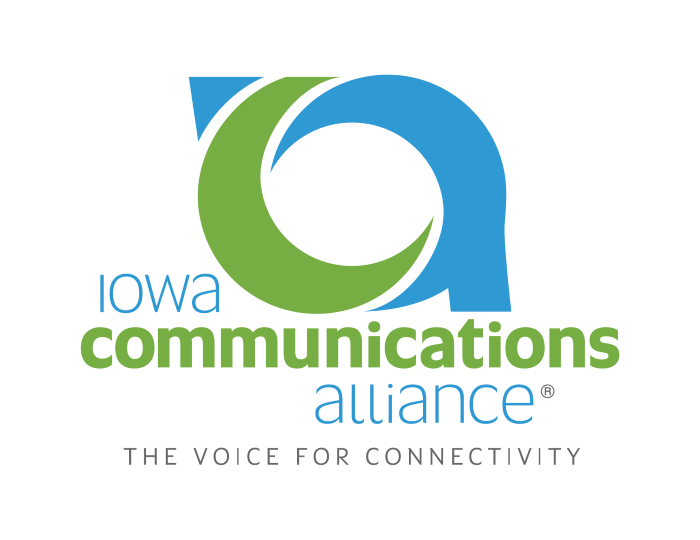How to Identify Your IT Maturity Level
Taking the time to identify your organization's IT maturity level can help increase operational efficiencies and pave the way for long-term success.
There’s never a bad time to assess your company’s IT infrastructure. Whether your business is relatively new or an industry leader, taking the time to identify your organization’s IT maturity level can help increase operational efficiencies and pave the way for long-term success.
An IT maturity model provides a benchmark for evaluating your organization’s technological capabilities. It is an effective tool to help determine where you are and where you want to be.
An assessment of an organization’s maturity identifies strengths, weaknesses, opportunities, and threats. This information can help an organization make better IT decisions.
What IT Maturity Model Should I Use?
Capability Maturity Model Integration (CMMI) is an appraisal program administered by the CMMI Institute that assesses the maturity of development processes in a business. The CMMI program is well-known in the IT industry and its five maturity levels apply to any organization.
Understanding the 5 IT Maturity Levels
The CMMI maturity levels are ranked from a scale of 1 (unpredictable and reactive) to 5 (stable and flexible). The CMMI Institute states that “each maturity level builds on the previous maturity levels by adding new functionality or rigor.” A higher maturity level means better performance.
IT Maturity Level 1: Initial
The CMMI Institute defines a maturity level 1 organization as “unpredictable and reactive.” At this stage, your organization can complete projects, but the work is mostly inconsistent.
Organizations operating at the first IT maturity level may find it difficult to complete work on time due to technological limitations. These organizations also tend to run over budget on projects.
A maturity level 1 organization may be relatively new, with limited access to technical support. An established company that has an outdated IT infrastructure may also identify as level 1. Because these organizations lack internal resources, they can benefit greatly from managed IT services.
IT Maturity Level 2: Managed
A maturity level 2 organization, according to the CMMI Institute, is “managed on a project level.” At this stage, your organization has a set process in place that it can follow for repeated success.
Organizations operating at the second IT maturity level can complete work on time, but they may lack the knowledge or infrastructure required to deal with unexpected obstacles.
A maturity level 2 organization is likely an organized one, but its current IT infrastructure may be holding it back through a lack of comprehensive technical support or outdated software.
IT Maturity Level 3: Defined
A CMMI-defined maturity level 3 organization is “proactive rather than reactive.” At this stage, your organization can consistently deliver forward-thinking results.
Organizations operating at the third IT maturity level have standards in place that allow them to come up with new solutions to unforeseen problems and still complete work on time.
A maturity level 3 organization needs stable technical support and the capacity to brainstorm and implement new software and other innovations that can help increase efficiencies.
IT Maturity Level 4: Quantitatively Managed
A maturity level 4 organization is “measured and controlled,” as stated by the CMMI Institute. At this stage, your organization effectively uses data to improve performance and drive decisions.
Organizations operating at the fourth IT maturity level can successfully use data to assess and improve business operations. Key stakeholders are in alignment with and support this process.
A maturity level 4 organization requires access to more comprehensive technical support to ensure that its data is effectively managed to meet key stakeholder objectives.
IT Maturity Level 5: Optimizing
According to the CMMI Institute, a maturity level 5 organization is one that is “optimizing.” At this stage, your organization is innovative and agile, with a focus on continuous improvement.
Organizations operating at the fifth IT maturity level can quickly respond to and anticipate change whether working on projects or looking to improve the organization from within.
A maturity level 5 organization demands advanced technical support from a team that understands the latest technological innovations and cybersecurity best practices.
Identifying an IT Solution That Is Right for You
No matter where your organization falls on the CMMI index, it is possible that your existing technology infrastructure is holding you back. Lower maturity level organizations often lack the internal resources needed to keep their technology up and running, while higher maturity level organizations may require advanced technical support that is beyond their current scope.
Is your existing technology infrastructure in line with your IT maturity level?

